
The Ultimate Guide to Hand Washing Your Comforter: Simple and Easy
Many people prefer to hand wash their comforters to ensure that no stains or spots are missed, instead of using a washing machine. By following these steps for hand washing your comforter, you’ll find the task much more manageable.
1. Read the Care Label on Your Comforter Before Washing
Different types of comforters come with care labels that provide instructions on how to wash them properly. Some comforters are hand-wash only to avoid damage, while others can be machine washed but with specific details about water temperature and detergent. So, make sure to read the label carefully before proceeding.

2. Inspect and Pre-treat Your Comforter Before Washing
In addition to checking the care label, it’s a good idea to inspect your comforter for any stains, mold, pet hair, or other debris. Make sure to address these issues before washing, as it will make the overall process much easier and more effective.
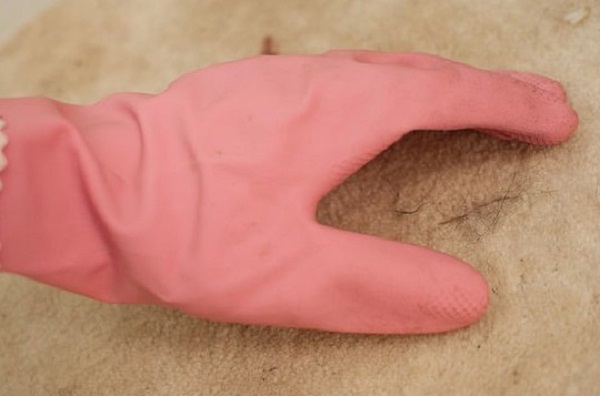
3. Soak Your Comforter Thoroughly Before Washing
Soaking your comforter before hand washing is essential, especially if you want to remove stubborn stains and odors. You can use specialized laundry chemicals for soaking, or opt for a natural approach by combining baking soda and vinegar. For white comforters, you can also use bleach to maintain their brightness. The longer you soak, the easier it will be to wash away dirt and stains.
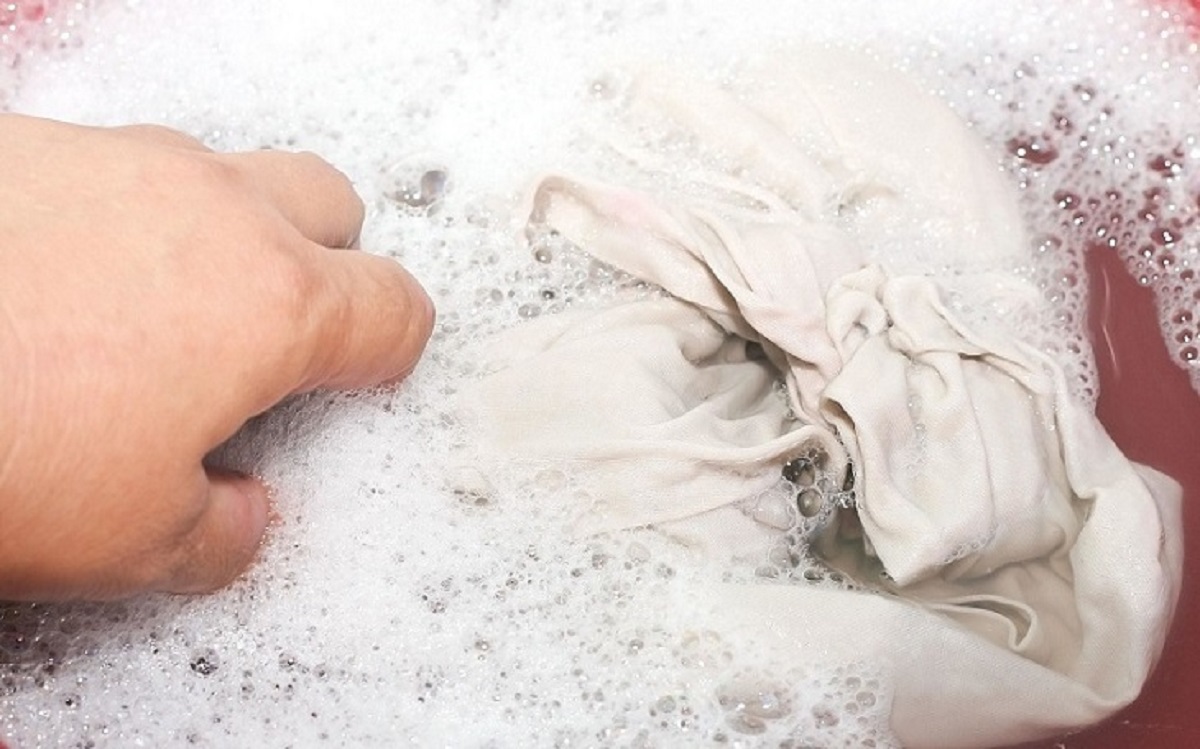
4. Wash Your Comforter Using the Right Techniques
The washing technique depends on the type of fabric your comforter is made of:
– For synthetic fiber comforters, you can be liberal with scrubbing and agitation to ensure a thorough clean without worrying about damage.
– For silk comforters, use warm water and gentle washing motions. Avoid wringing the comforter after washing; instead, let it air dry.
– For cotton comforters, use warm water and gentle washing motions to avoid damaging the fibers.
– For down or feather comforters, consider dry cleaning with special chemicals like PERC or organic Hydrocarbon solutions. Apply these chemicals to stained areas, scrub with a brush, and then air dry as usual.

5. Air Dry Your Comforter After Washing
After hand washing your comforter, it’s important to dry it in a well-ventilated, sunny area. This will help prevent musty odors and ensure that your comforter dries quickly.

Machine Washing Your Comforter: A Time-saving Option
Machine washing your comforter is a popular choice nowadays, as it saves time and effort compared to hand washing. It also ensures that the entire comforter is cleaned evenly, resulting in a fresh and clean finish. Additionally, machine drying helps speed up the drying process. Here are some key steps to follow when machine washing your comforter.
1. Read the Care Label on Your Comforter
Just like with hand washing, it’s crucial to read the care label on your comforter before machine washing. This will tell you if the comforter can be machine washed, and if so, what the maximum allowed water temperature is. Keep in mind that certain types of comforters, like those made of down or silk, may not be suitable for machine washing.

2. Perform Basic Cleaning of Your Comforter Before Machine Washing
Before putting your comforter in the washing machine, give it a quick once-over to remove any pet hair, loose human hair, or sticky substances. This will make the machine washing process more efficient and effective.
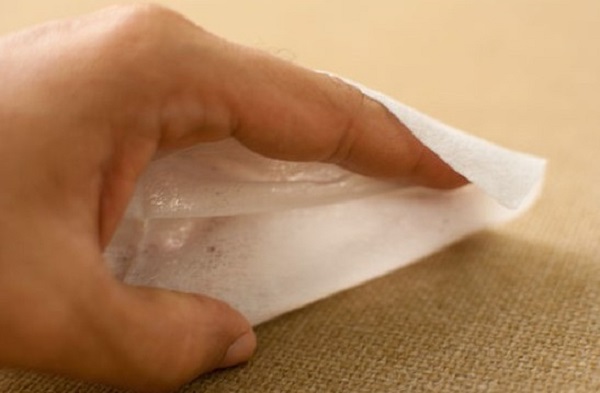
3. Check the Weight and Size of Your Comforter
Make sure that your comforter is not too large or heavy for your washing machine. Forcing an oversized comforter into a small machine can lead to poor washing performance and potential damage to the machine.
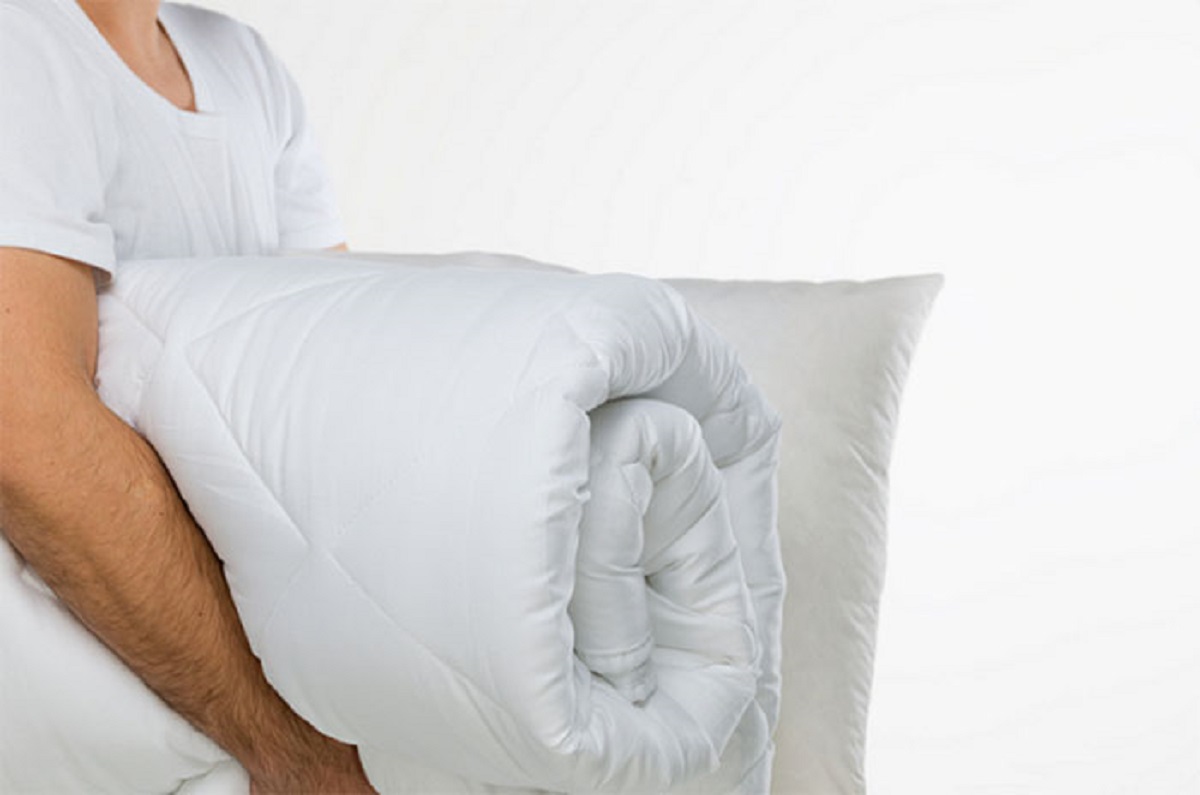
4. Choose the Right Washing Program
Modern washing machines often have dedicated comforter washing programs. Simply select the appropriate function before starting the machine. Also, pay attention to the water temperature setting, ensuring it aligns with the care label instructions and the fabric type of your comforter.

5. Air Dry Your Comforter After Machine Washing
After your comforter has been machine washed, the machine will take care of the initial drying process by spinning out excess water. All you need to do is hang the comforter in a well-ventilated, sunny spot to complete the drying process. This method will result in a fresh and clean comforter that dries faster than if it were hand washed.
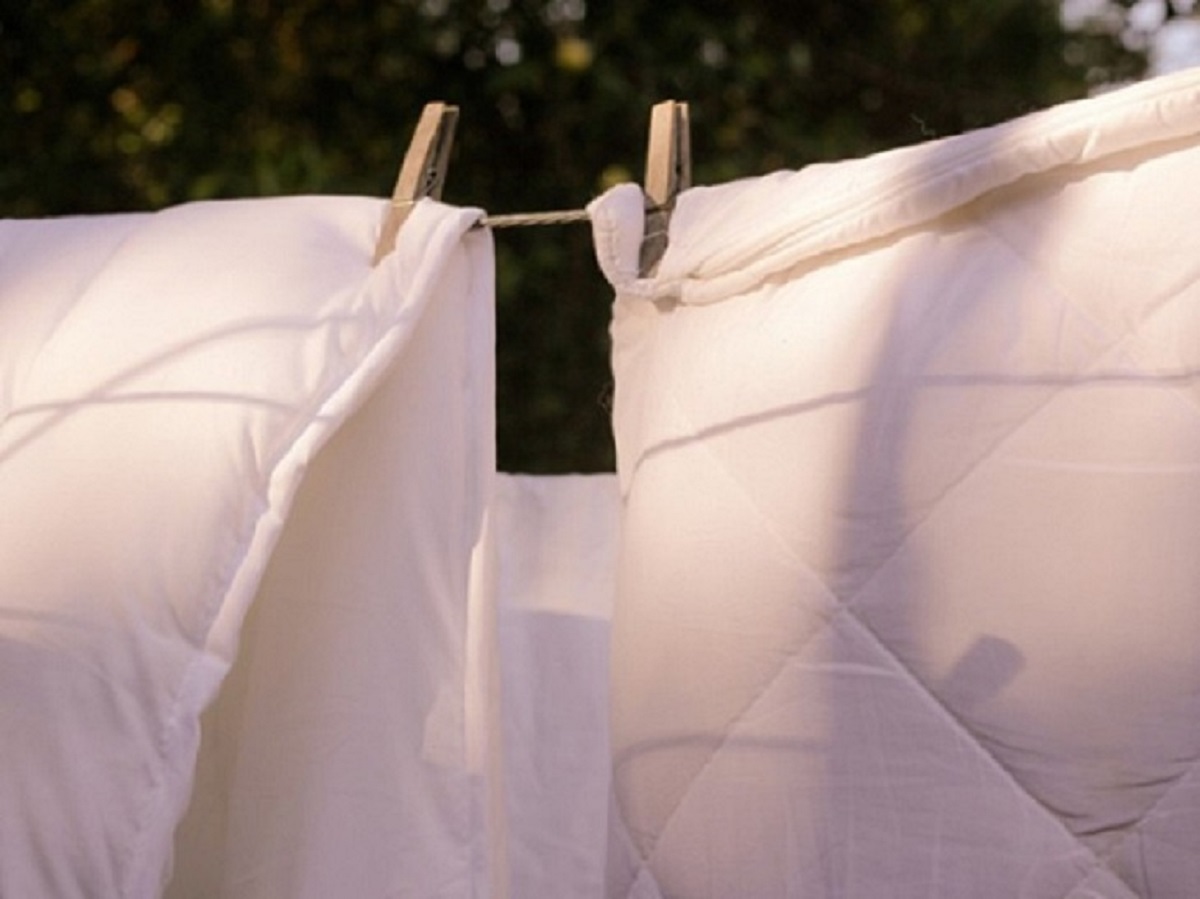
Important Tips to Keep in Mind When Washing Your Comforter
– Wash the comforter cover and the filling separately to ensure a thorough clean and avoid musty odors.
– Make sure the weight and size of your comforter are suitable for your washing machine.
– Avoid aggressive scrubbing or brushing, as this can damage certain types of comforters.
– Don’t use too much detergent when washing the comforter filling, as it can be challenging to rinse out completely and may affect the comfort and feel of the comforter.
– Opt for dry cleaning for certain specialty comforters.
– Keep your comforter flat while air drying to maintain its shape.






























